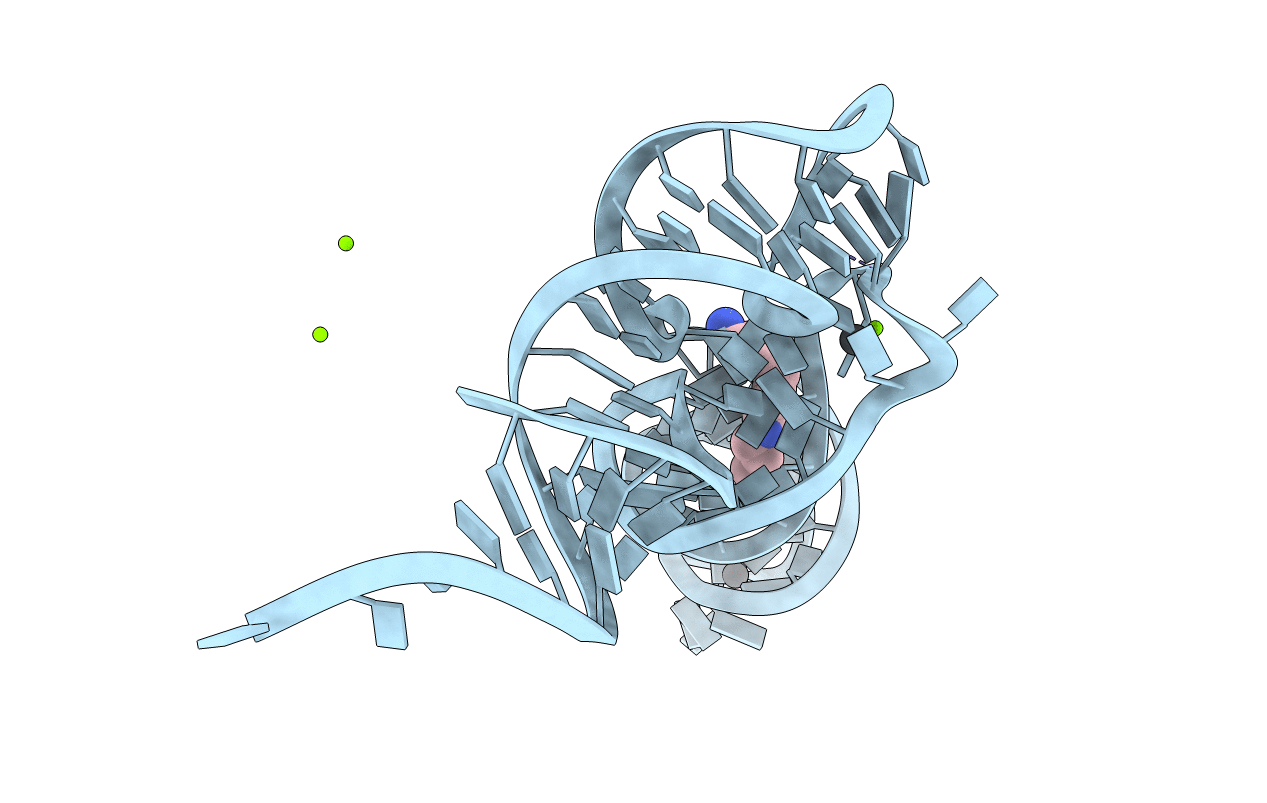
Deposition Date
1986-08-22
Release Date
1986-10-24
Last Version Date
2024-02-14
Entry Detail
PDB ID:
1TN2
Keywords:
Title:
CRYSTALLOGRAPHIC AND BIOCHEMICAL INVESTIGATION OF THE LEAD(II)-CATALYZED HYDROLYSIS OF YEAST PHENYLALANINE T-RNA
Biological Source:
Source Organism:
Saccharomyces cerevisiae (Taxon ID: 4932)
Method Details:
Experimental Method:
Resolution:
3.00 Å
R-Value Observed:
0.23
Space Group:
P 1 21 1


